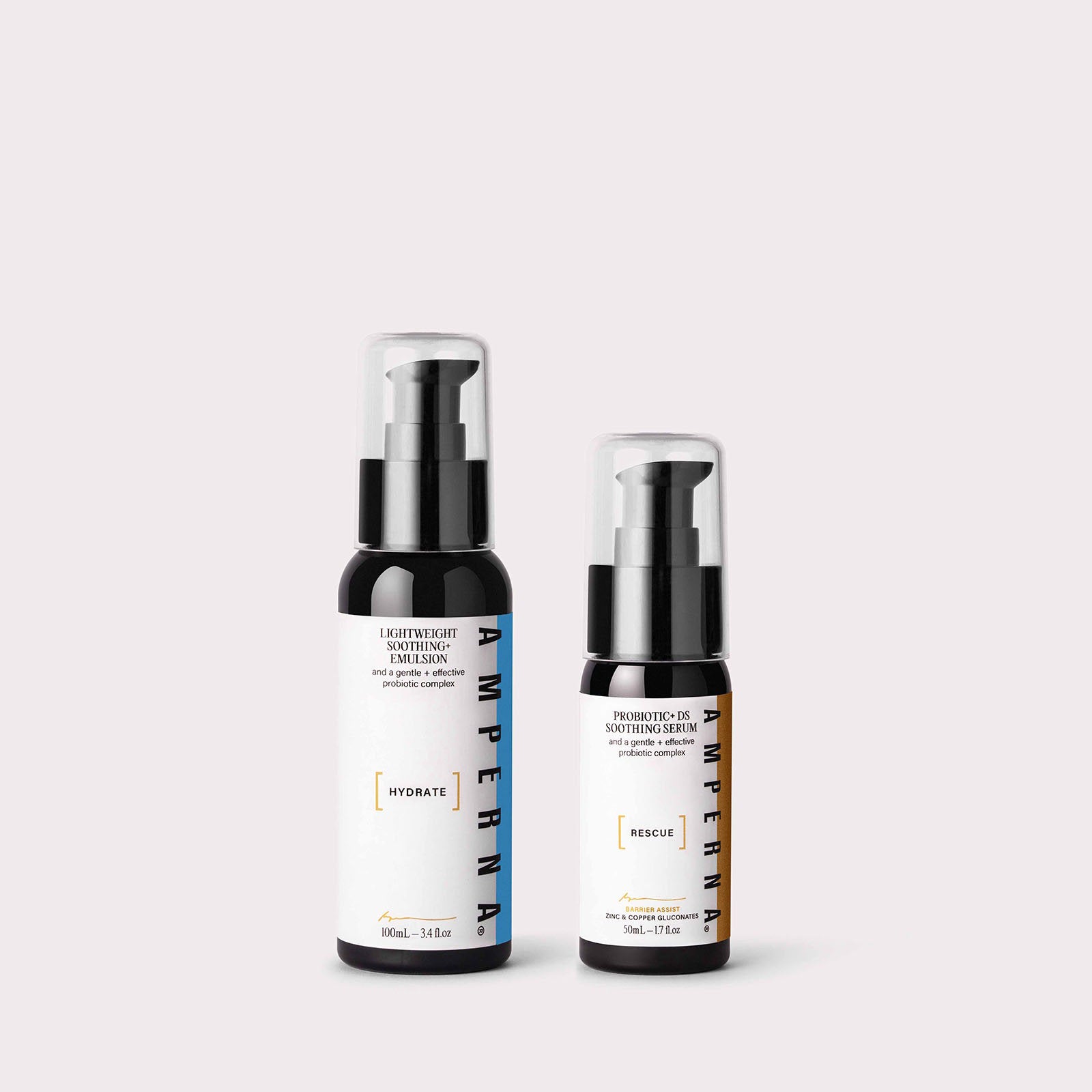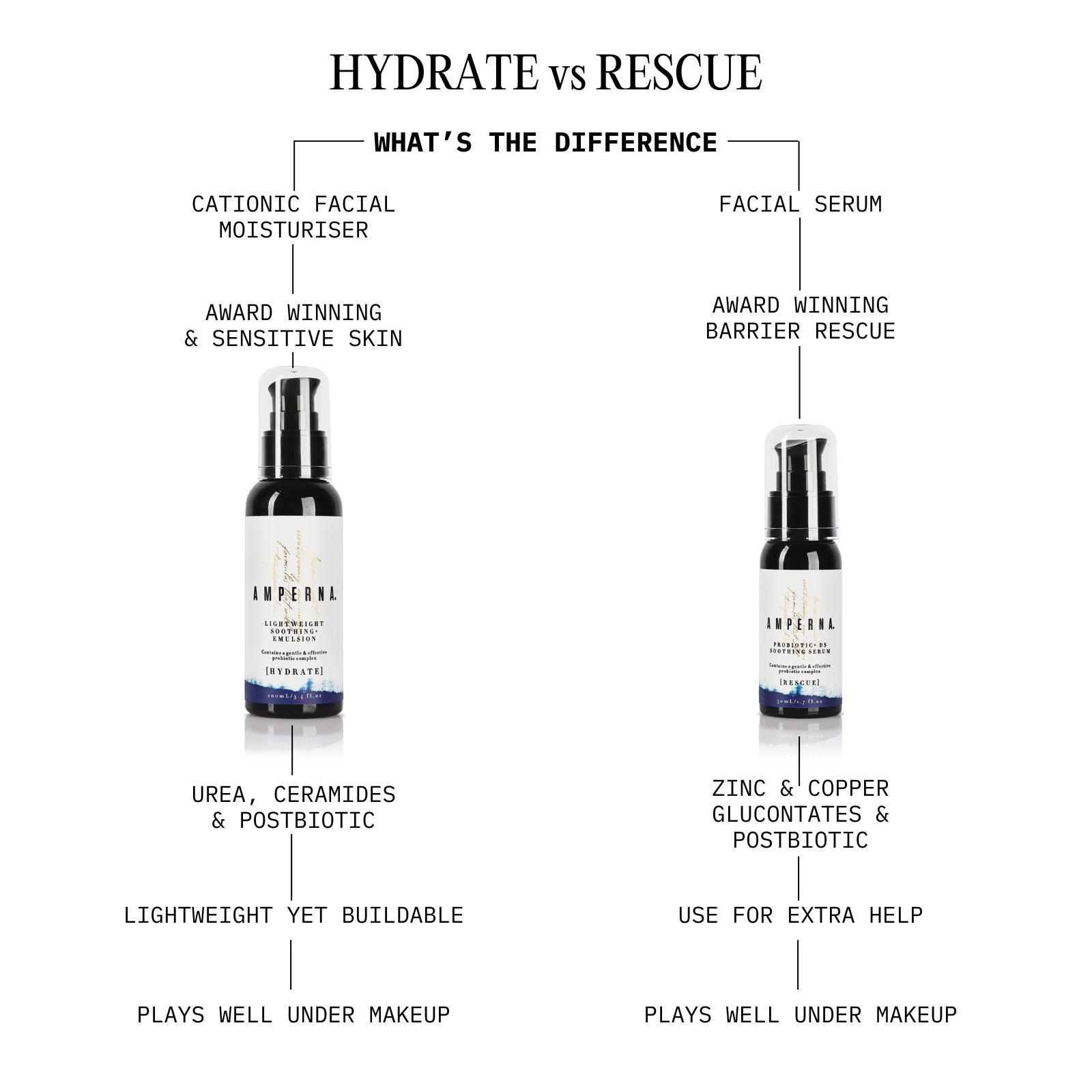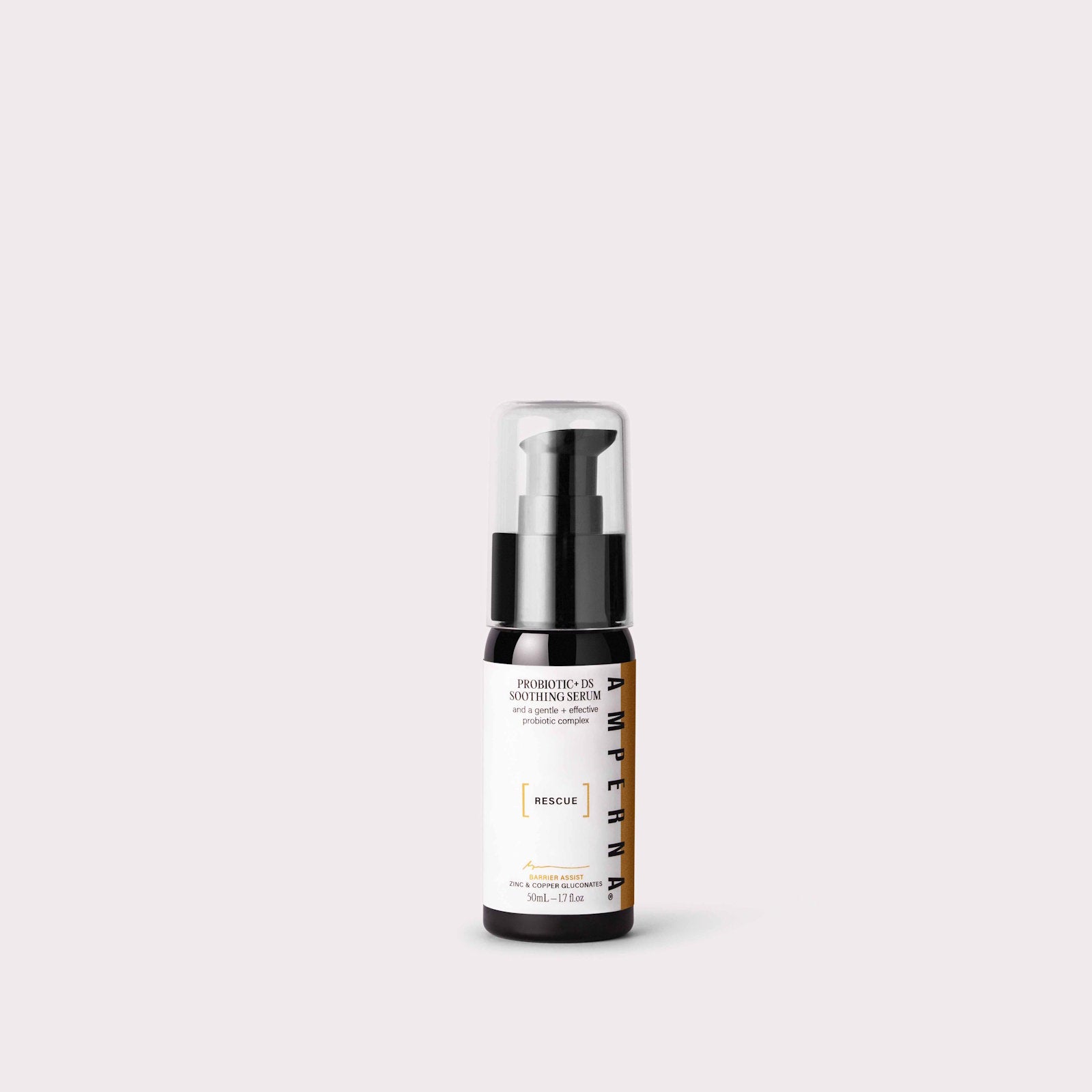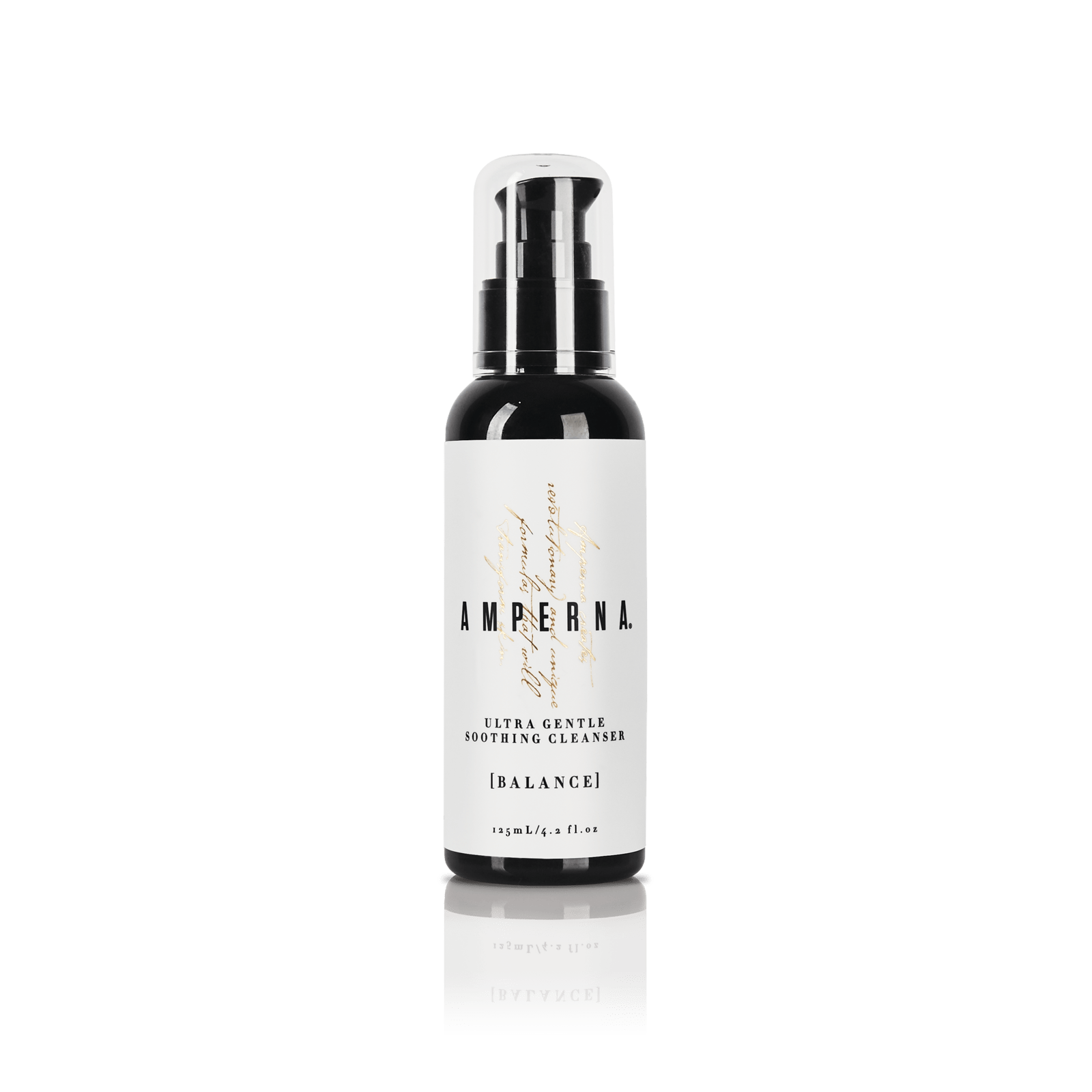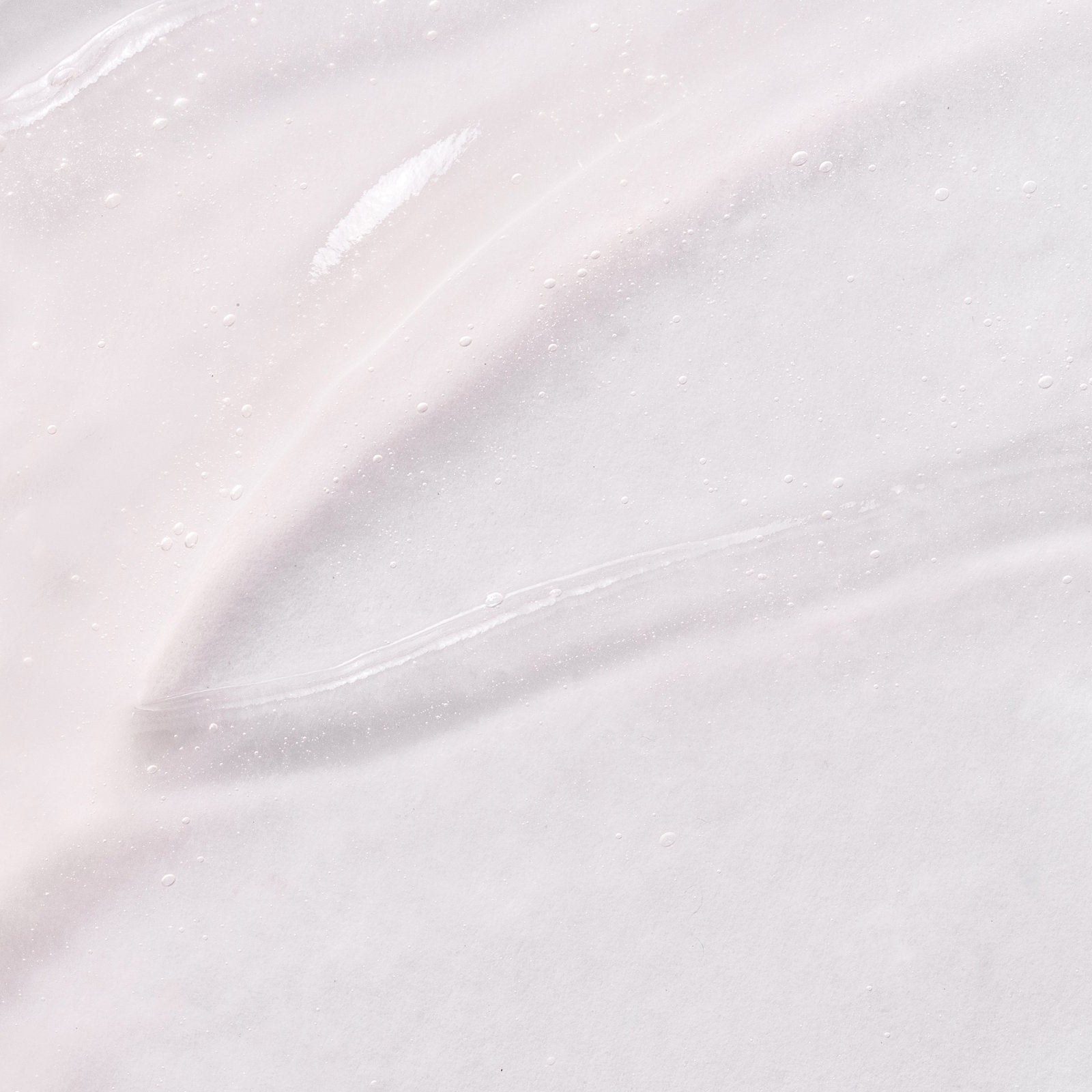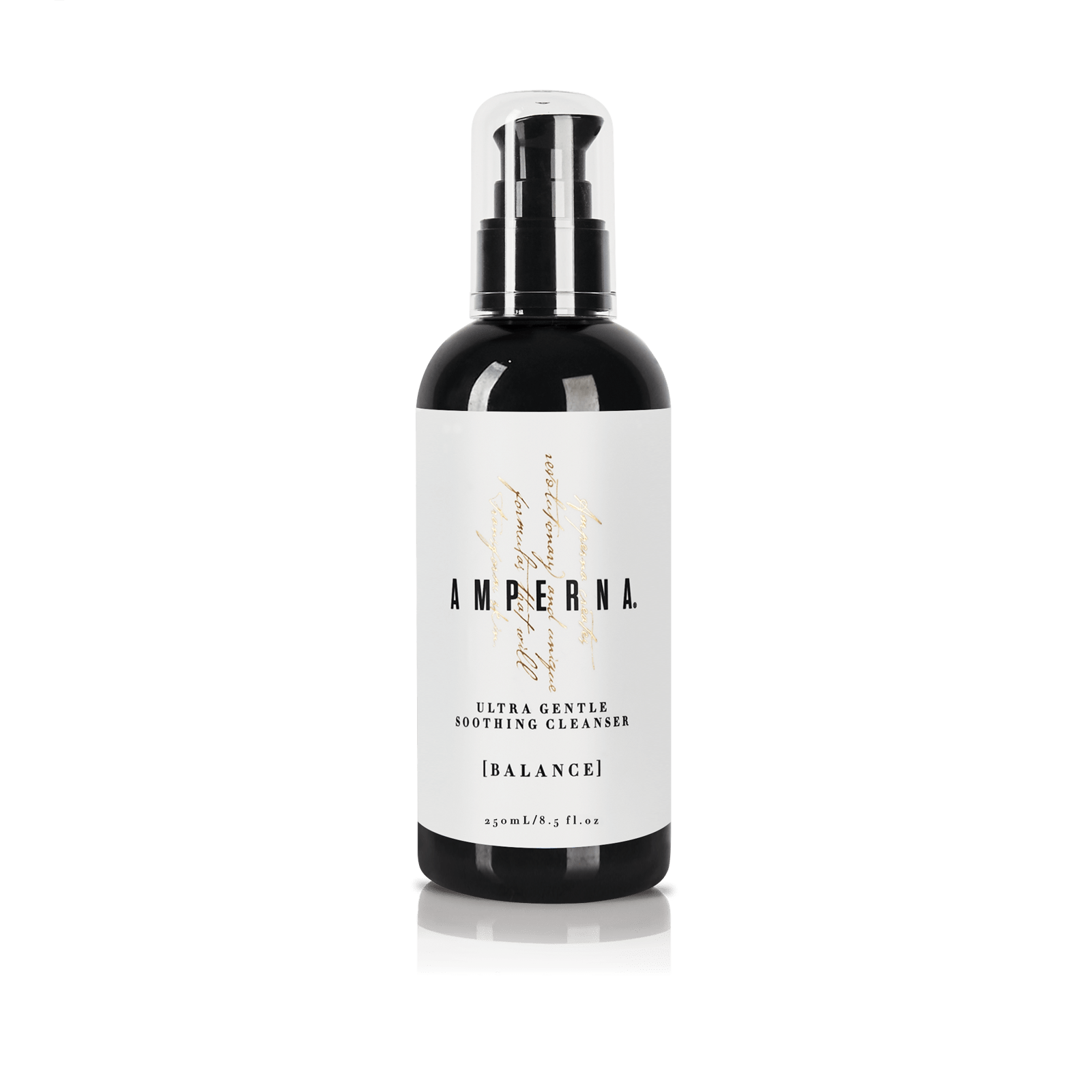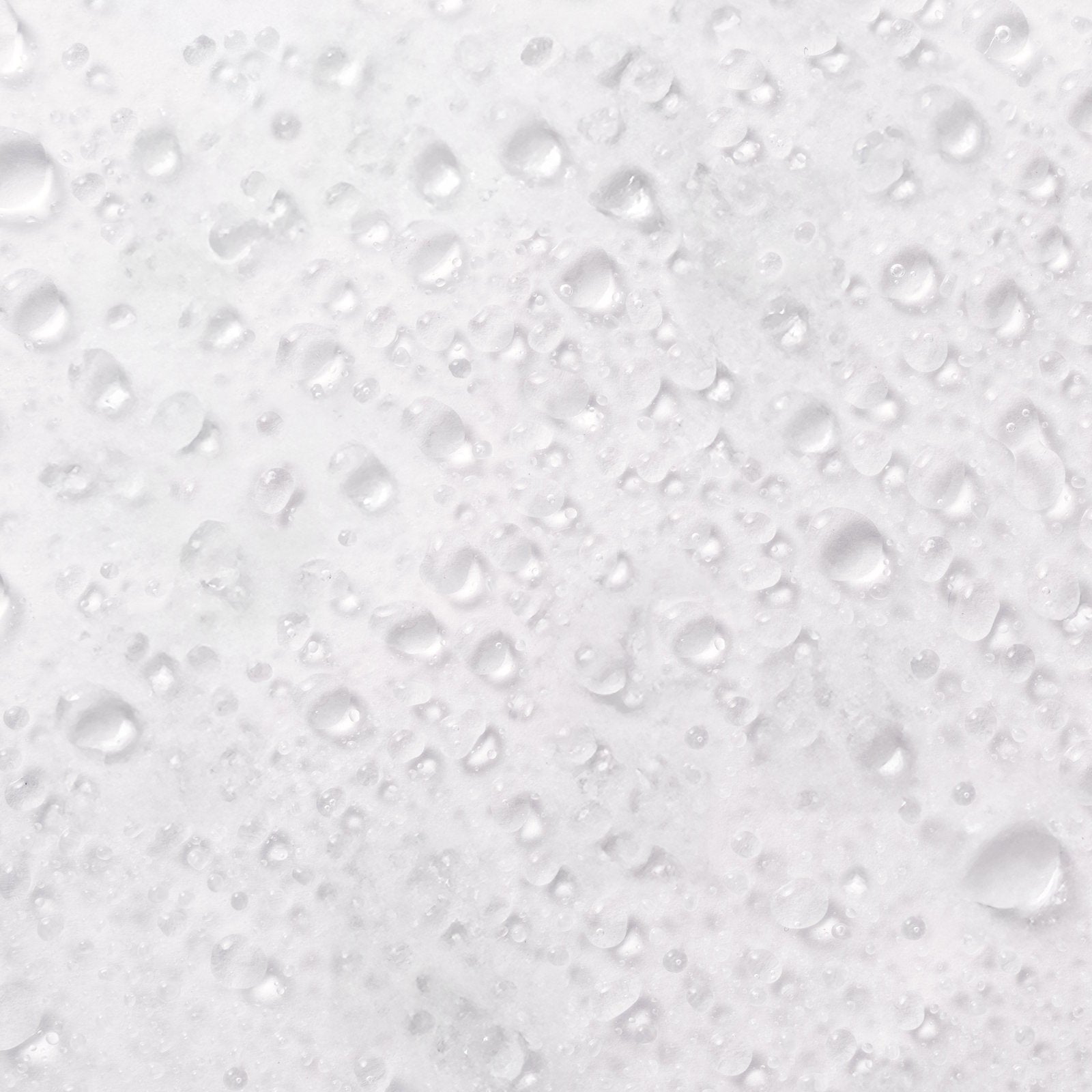There are countless skin care products on the market and it can be confusing to decide which one is right for you. This is especially true if you have sensitive skin or are looking for a product to help with a particular skin condition such as acne, dermatitis or eczema.
Packaging can help us navigate our decision, but we must first understand the claims. What exactly do they mean and what precisely makes a product “active” versus “non-active”?
The number of “active” skincare products available is increasing and incorporating the right ones into your regime could really benefit your skin. However, by combining too many actives can be a detriment to your skin and may cause some unwanted skin issues.

What is Active Skincare?
Active skincare, also referred to as clinical skincare, are functional products designed to help you address particular concerns or proactively maintain skin health at a cellular level. According to the Therapeutic Goods Administration in Australia (TGA) active ingredients are ‘The therapeutically active component in a medicine's final formulation that is responsible for its physiological action’.
These ingredients are typically used to help repair, hydrate, rejuvenate, protect and nourish your cells.
Whether an ingredient is categorised as active depends on what product claims are being made and what the TGA permits for the particular ingredients.
In the US, the Food & Drug Administration (FDA) oversee the regulations of certain active ingredients. The FDA usually consider products claiming to change the structure of your skin or to treat skin conditions, such as acne or eczema, as a drug. This means they need to adhere to relevant regulatory guidelines and go through an approval process involving clinical trials before sale. In Europe, the regulatory body in The EU Cosmetic Regulation 1223/2009 and you read more on their regulations here:
https://en.wikipedia.org/wiki/EC_Regulation_1223/2009_on_cosmetics
Inactive ingredients
Inactive ingredients are those ingredients that the TGA does not deem to be “active.” They are often used to provide texture or fragrance versus providing a functional benefit and whilst they must still be approved, they are not regulated in the same manner. The major requirement is they are listed in order of concentration on the label.

Common Active Ingredients
Cleansers, toners, exfoliators, moisturisers, masks, spot correctors and topical lotions can all contain active ingredients. Strengths will vary based on whether you are buying products over-the-counter or seeking prescription products.
There is a vast number of these ingredients and a multitude of benefits that they offer. A few common claimed benefits and their corresponding ingredients are:
Anti-aging
Alpha Hydroxy Acids (Glycolic Acid, Malic Acid, Lactic Acid, Alpha-Lipoic Acid), Biotin, Retinol, Niacinamide Antioxidants such as Vitamin C & E, Lipids.
Acne-fighting
Alpha-hydroxy acids (AHAs), Benzoyl peroxide, salicylic acid
Intense moisture
Petrolatum, lanolin, mineral oil and dimethicone are common emollients.
Humectants, including glycerin, lecithin, and propylene glycol, draw water into the outer layer of skin.
UV-protection
Titanium dioxide and Zinc oxide
Ultra hydrating & elasticity boosting
Hyaluronic Acid
Inflammation fighting
Probiotics such as lactobacillus, bifido bacteria
For an extensive list of active ingredients and their function, check out this link: https://my.clevelandclinic.org/health/articles/10980-understanding-the-ingredients-in-skin-care-products

More on Probiotics
Whilst there is no doubt you have heard about the reported health benefits of consuming probiotics in foods or supplements, you may not realise that probiotics can also help skin concerns when applied topically. Kiri, founder of AMPERNA® discovered that in Europe, the use of these good bacteria in skin care is growing in popularity, but in the Australian market, it is relativity underdeveloped.
Among the promising new acne treatment options are a number of skincare products and even entire brands with a whole new approach to acne: probiotics.
How do Probiotics Benefit the Skin?
The skin has billions of microflora (made up of both good and bad bacteria) living on its surface. This is what is referred to as our ‘microbiome’. When these bacteria are out of balance, they can contribute to chronic skin problems. This is where probiotics can help.
Topical probiotics can play a beneficial role, soothing inflammation, having a calming effect and gently repairing the skin.
The hero ingredient in the AMPERNA® range is the active probiotic complex, Lactococcus ferment lysate. This probiotic complex helps support the skin barrier; helping to protect you from aggressions such as environmental pollutants and helps reduce inflammation.
In short, it acts as a protective layer on the skin, helps boost healthy looking skin and helps calm & soothe skin.
AMPERNA® is the first Australian brand to bring you a full range of probiotic skincare products, for even the most sensitive skin or that you can tailor to any skin concern, and the first to use this particular probiotic strain in any Australian skincare product. Along with a probiotic complex, other active ingredients in the range are glycolic acid and vitamins B and C.
References:
https://www.tga.gov.au/acronyms-glossary
https://blog.reneerouleau.com/best-active-skin-care-ingredients/
https://www.self.com/story/what-are-actives-in-skin-care
https://www.sharecare.com/health/daily-skin-care/active-ingredients-in-skincare-products
https://www.skincarebyalana.com/blog/chapter-6-active-inactive-ingredients/
https://vzcollective.com/active-skin-care-ingredients-need-know/


